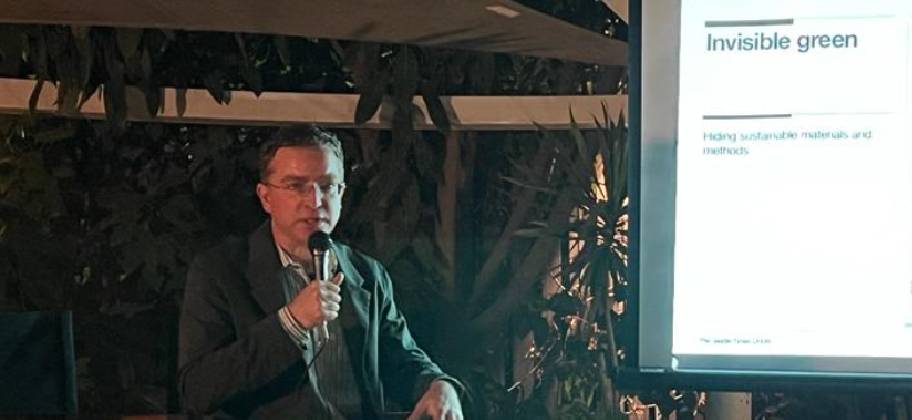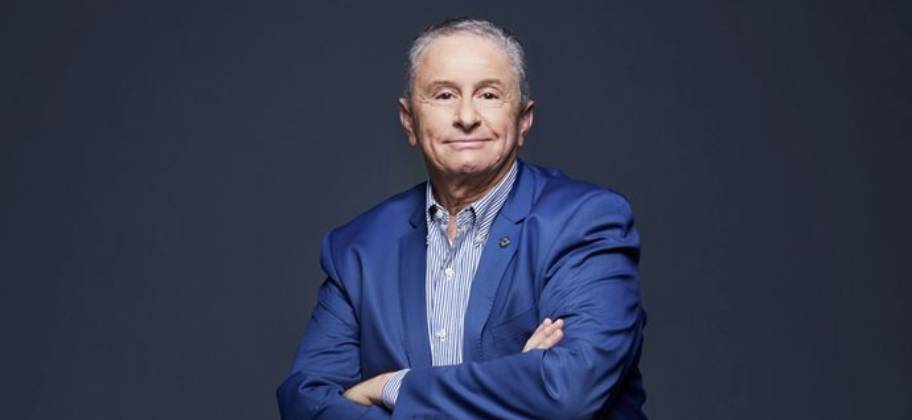In our journey at CEO Women, we were honored to engage in a profound conversation with Yousra Gaballah, a truly extraordinary individual. We invite you to join us on a journey through the remarkable insights and experiences that emerged during our conversation with Yousra, a person whose insights are going to leave an impressive impact on your thoughts.
Who is Yousra Gaballah?
She is the head of growth at Khazenly and the founder of YoGaballah.
Yousra has a distinguished history of achievements and has worked for multiple highly reputed companies. Below, we will present some of the companies she has worked with:
She worked as a regional senior program manager at Amazon, regional growth manager at Spacetoon, regional demand growth manager for MENA, and country demand growth manager for Egypt at Careem.
Then, we had the privilege to conduct an interview with her and benefit from her valuable thoughts.
What factors have made businesses more sustainable in recent times?
In the past, investors were primarily focused on rapidly growing businesses, and startups were striving to increase their customer acquisition, regardless of how healthy the business was or the method used. This led to many startups spending a lot of money, as they believed that the growth they achieved was very fast. However, this growth wasn’t real; it was caused by the fact that they were burning money and offering their services at a heavily discounted rate. This resulted in customers having a behavior called ‘hit-and-run,’ meaning they would use a specific service only when there was an offer, and then leave.
Now, one of the most important factors is what’s known as ‘retention.’ This means whether customers will return and use the service again even without any incentives or offers, based on whether you have built a solid product or not. So, the key performance indicators (KPIs) that investors look at to gauge the health of a business include the ‘lifetime value of the customer.’ This metric measures how many times a customer has used your service, for how long, and how much revenue they have generated over their lifetime. In other words, it calculates the amount a customer has spent and the duration they’ve used your service, both with and without discounts.
This measurement becomes an indicator of how valuable your product or service is. It provides customers with the incentive to use your service without any financial incentives. If we were to give everything away for free, everyone would take it. However, the key is having a competitive advantage in your product or service, which keeps customers sticking around without any incentives.




